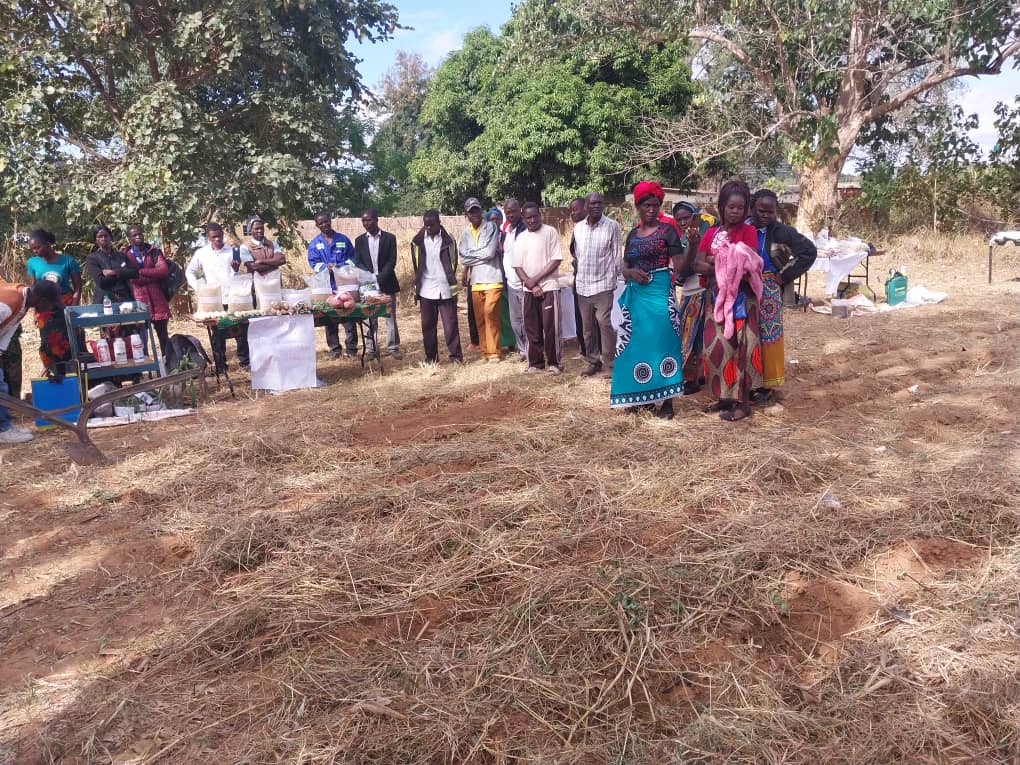Livelihoods for Rural people integrated project (LRPIP)- 2024
The goal of the project was to improve income and food security and strengthen community resilience of 950 (over 60% of which are women) community members through integrated agriculture and social development. Currently, 923 participants (577 women and 346 men) received training in Environment Natural Resources Management & Climate Change, sustainable farming methods for holistic development.
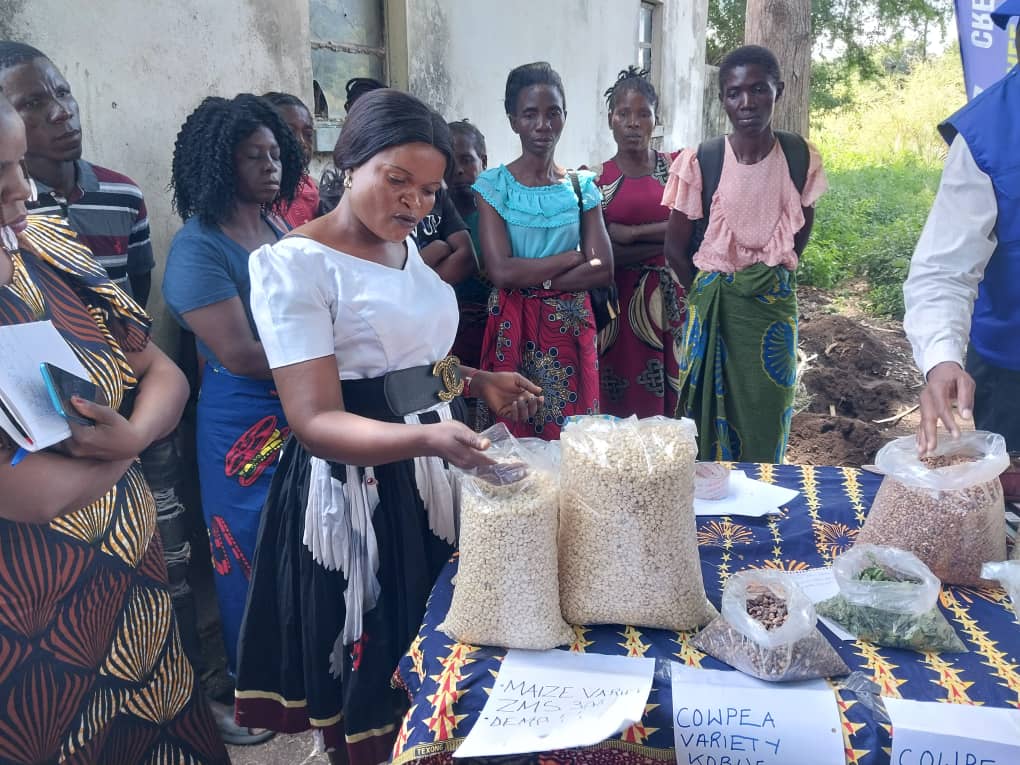
Strengthening of Women Smallholder Farmers’ in Rural Livelihoods-2022 to 2023
The goal of the project was to improve income and food security and strengthen community resilience of 950 (over 60% of which are women) community members through integrated agriculture and social development. Currently, 923 participants (577 women and 346 men) received training in Environment Natural Resources Management & Climate Change, sustainable farming methods for holistic development.
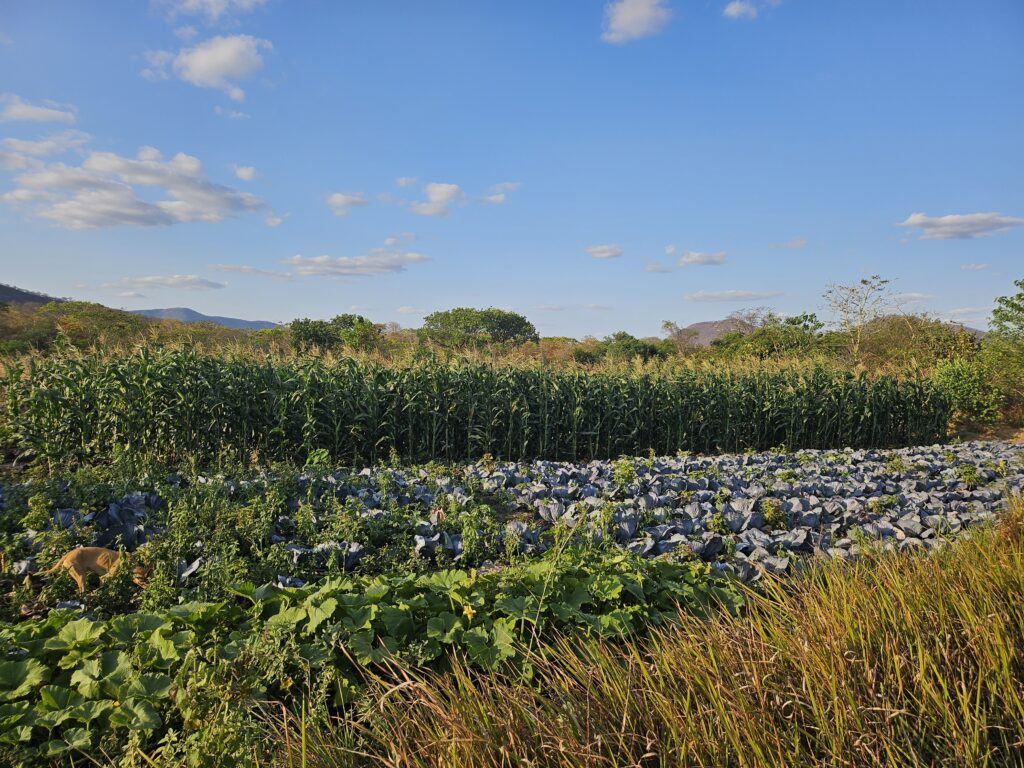
Rural Livelihood Enhancement Support Project (2023) Donors include: Philanthropists.
This project supported 450 farming households in Katete District of the Eastern Province to diversify their farms and increase production. They received technical assistance and support to apply sustainable agricultural practices and to set up and expand businesses focused on small ruminants- livestock and vegetables production. By the end of the project, 86% of the project participants reported they had year- round food security. Diets also improved with families able to access chicken meat, eggs, fish, fresh and preserved vegetables, goat meat, cooking oil. As a result of increased local production and incomes. Sales from vegetables, animals, manure and leasing draft animals improved income for 90% of participants, enabling more smallholder farmers to invest in their children’ s education. Partners in this project included the Ministry of Agriculture and Livestock, the Ministry of Community Development and Social Services, farmer-Groups and other like- minded local organizations.
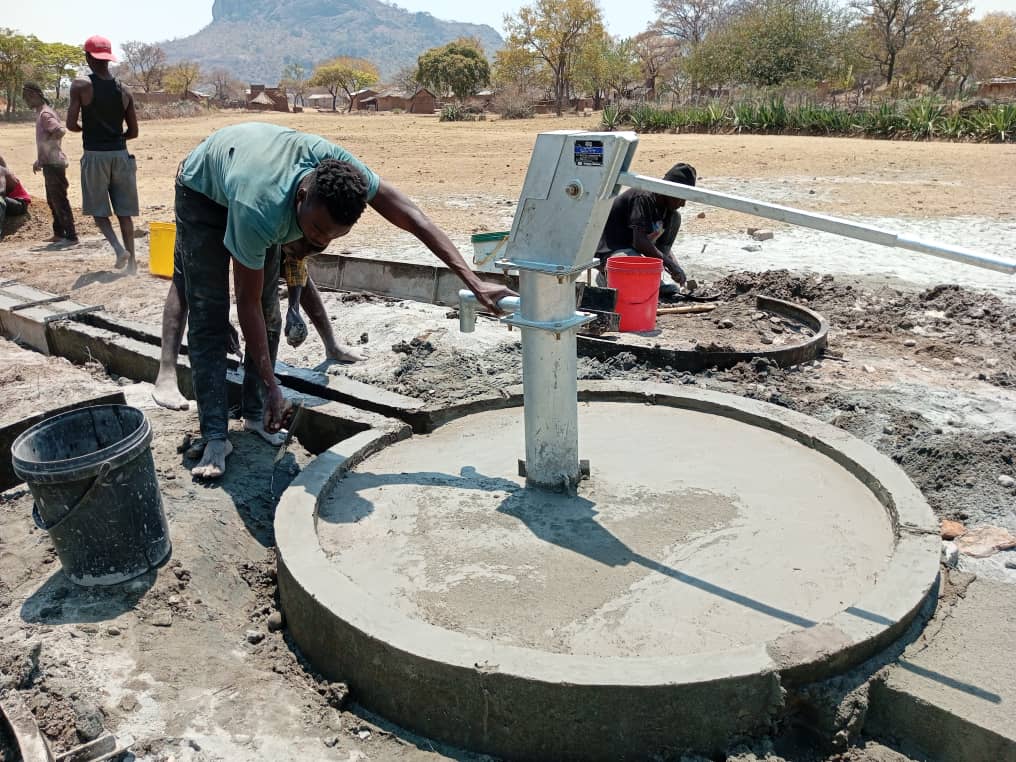
Building Rural Livelihood Resilience Project-BRULI – 2021
This project was designed to support and targeted 250 farming families in the Eastern Province to improve their income & food security in a co-creation partnership with the global philanthropists. CommunityAid Zambia worked to strengthen social capital development among rural community members, empower women and girls and enhance access to health, agricultural & livestock production, clean water & sanitation services and provided productive resources. The project also aimed to improve functional adult literacy & education for youth and adults, while increasing the number of smallholder farmers adopting climate- smart agriculture practices. Youth engagement in this project was actively engaged in different rural community development projects.
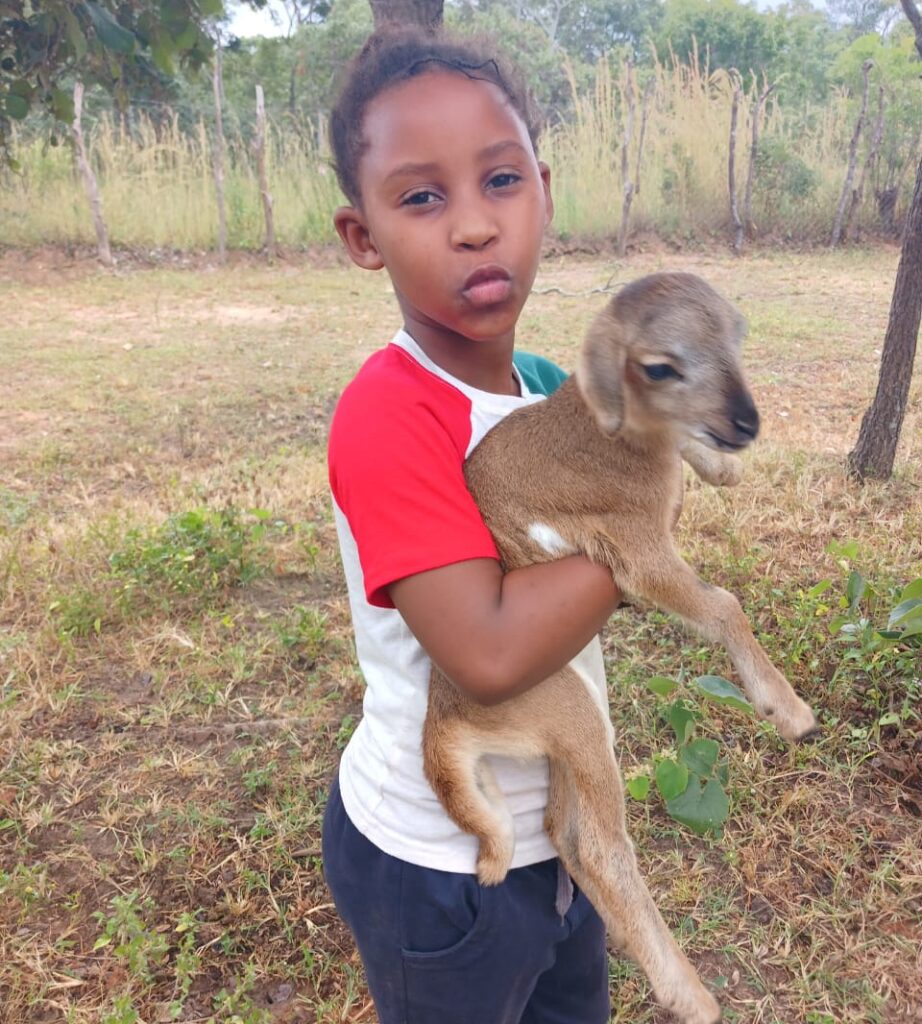
Goat Production & Enterprise & CAVE Model Project
CommunityAid Zambia introduced Community Agro-Veterinary Entrepreneurs (CAVEs) model in its Goat Production Model through collaboration initiatives & efforts with Heifer International Zambia and the Ministry of Fisheries and Livestock and it has been proven to be effective as it has impacted positively on the smallholder farmers and the general community. This model was borrowed from the Heifer International Zambia which then supported the training of the CAVEs together with the Ministry of Fisheries & Livestock Extension Services Officers in line with the Animal Health ACT of 2010.
CAVEs have been helping not only project participants but also the community to access livestock drugs and services such as training in improved animal management, pasture production, improved breeding, record keeping, deworming, dipping, castration, disease diagnosis and treatment. Several challenges such as indiscriminate breeding, helminthiasis, lack of drugs and high mortalities due to diseases which smallholder goat farmers had been facing before have been addressed.
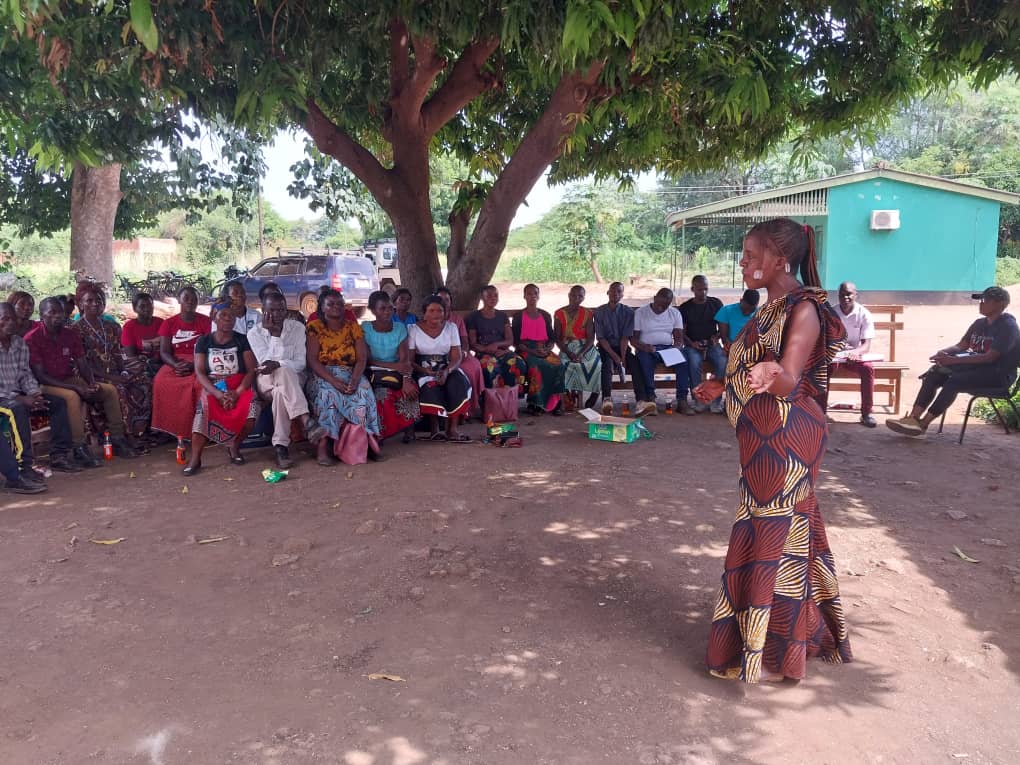
Impact of The CAVE Model- CAZ
Since 2020, more than 2,340 goat smallholder farmers have been reached by the CAVEs with trainings, extension services and livestock drugs at community levels in Katete & Chadiza Districts of Eastern Province on collaborative efforts with stakeholders. On average, a CAVE provides services to 15 – 20 goat farmers daily. Their extension services have improved goat production and productivity.
Impact of CommunityAid Zambia in
Rural Communities
Supported 450 households
Through rural livelihood projects supported 450 households to diversify their farms and increase production and 86% of the project participants reported food & Income security.
BRULI Project
Through the BRULI Project 250 farming families and 79% project participants had improved their income & food security.
Rural Livelihood Resilience Project
Through Rural Livelihood Resilience Project CAZ trained 1500 families in Climate Smart Agriculture (CSA) as a sustainable farming approach in an epoch of the negative impact of climate change crisis in rural areas and 65% adoption rate of methodology was recorded.
Strengthening of Women Smallholder Farmers
As result of Strengthening of Women Smallholder Farmers’ in Rural livelihoods; 820 smallholder farmers of which 78% were women, enabling them to increase their incomes through the goat keeping and crop value chains and also received training natural resources management & climate change and social development.
The CAVEs (model)
2,340 goat smallholder farmers have been reached by the CAVEs (model) with trainings and have applied the model effectively and efficiently with positive results.
Environment & Natural Resource Management (E&NRM)
Training in Environment & Natural Resource Management (E&NRM): Training of 1850 received training in environment, natural resource management in the region in partnership with the Department of Forestry and the project participants were involved in afforestation of the new lands and re- forestation of the depleted forests, water resources management and utilization of the wetlands.

